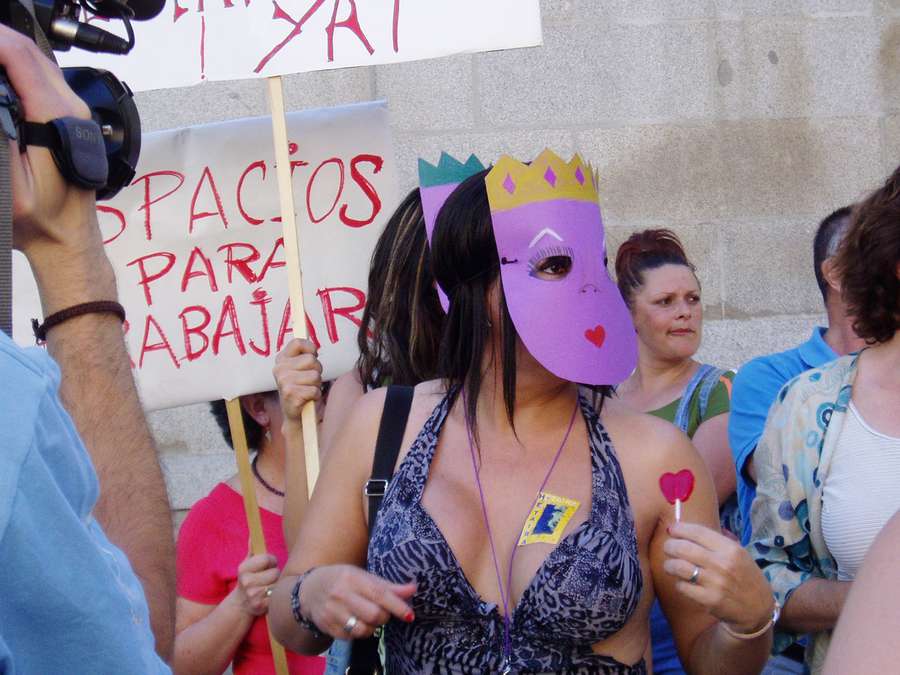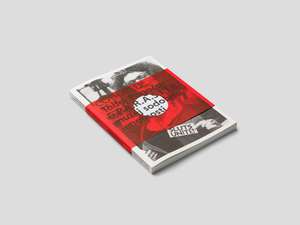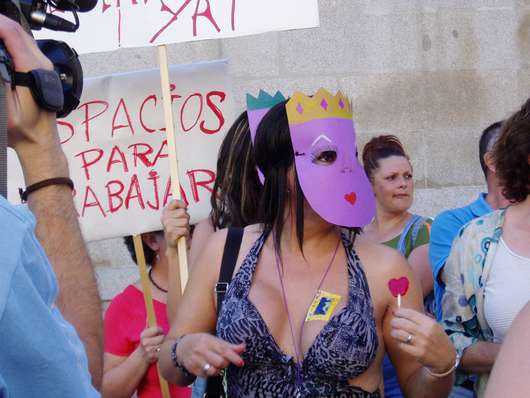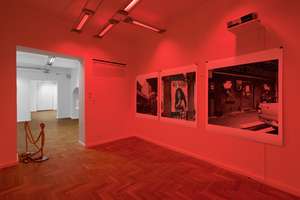Tadej Pogačar
CODE:RED Rijeka
CODE
The beginnings of CODE
Following successful shows at the City Art
CODE
The phrase sex worker, now included in the Oxford English Dictionary, was coined in 1979/1980 by the New York based artist, director, activist and sex worker Carol Leigh. Initially restricted to performances, articles, conference discussions and other forms of activist work in the sphere of the sex workers’ rights advocacy, the term sex work was popularized through the publication of Sex Work: Writings by Women in the Sex Industry in 1987. After that, the term was adopted by academic discourse and used by NGOs and labour movements as well as governmental and international bodies such as the World Health Organization. From the start, it encountered negative responses and opposition, and it remains a contentious term to this day since it unites, in its critics’ view, two irreconcilable notions.
Work, supposedly, is an activity that produces surplus, has an end product, is carried out in a “normal”, conventional workplace and during working hours, brings in money or provides a livelihood, gives one status and prestige and plays an important role in one’s sense of identity. Sex, on the other hand, is seen as a relaxation from work, from everyday worries, from producing surpluses and products; it is merely a pleasure that does not require a special place, equipment or set hours. Sex is not discussed in public, and thus cannot be a matter of status or prestige. Bringing these two terms and these two activities together in sex work continues to be a provocative idea for many who see these two spheres of life as mutually exclusive and fear that such a combination would undermine our understanding of both work and sex.
Presenting and representing topics related to sex work, including the perceptions of such professions in society, the issues of workers’ rights in the sex industry, their tactics and ways of self-organizing, and human rights are topics Pogačar has been examining, analysing and commenting on through the art system since the inception of the project. It is this link between art and marginal groups that Melissa Ditmore, activist, writer and editor of several publications about sex work and the sex industry, lauds when she writes: “Pogačar’s work brings sex worker activism into
From its inception in 1999 and its first public manifestation at the 2001 Venice Biennale, Tadej Pogačar’s "CODE:RED" has seen numerous presentations, interpretations, and analyses.
Colophon
Production: MMSU RijekaIn collaboration with: City Art
Location
General information:
T +386 1 24 11 785
E mestna.galerija@mgml.si
School programs:
T +386 1 24 12 506
E prijava@mgml.si
Public relations:
T +386 41 669 599
E mateja.dimnik@mgml.si
Opening hours
Tuesday–Sunday: 11:00–19:00
Monday: Closed
1 January, 1 November, 25 December: Closed
24 and 31 December: 11:00–14:00
Tickets
Free entry.
City Art Gallery Ljubljana is a dog-friendly gallery.



